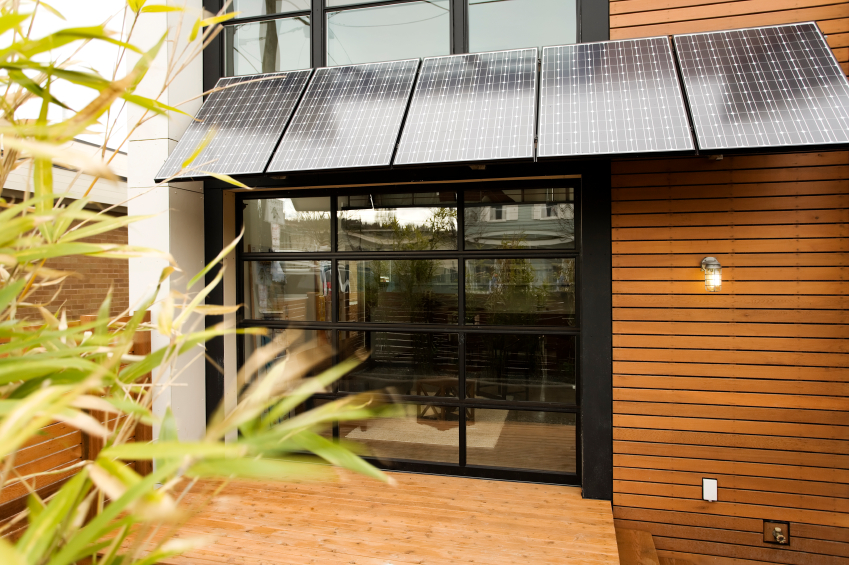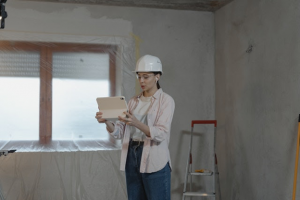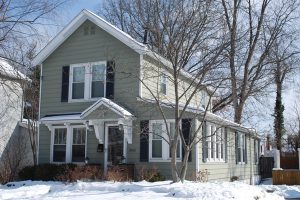Reducing your energy consumption at home requires careful planning and thoughtful improvements that will help maximize your space and make it more efficient. This means upgrading features and components to a certain level of efficiency.
When upgrading your home features and components for energy efficiency, combining energy-saving measures should be integrated into the plan. Homeowners must be careful not to go beyond the point that yields the most returns in terms of efficiency. This means finding the right balance between sustainable and cost-effective measures to achieve energy efficiency.
That said, here are three ways to make a house energy efficient:
Upgrade to Central Air Conditioning System
Of all the air conditioning systems available, central air conditioning systems offer a wide range of installation options and model options. This works for older homes that weren’t built with ductwork or do not have any available space to install it. Some central air conditioning system models do not require ductwork, which means homeowners have less work and expense to worry about.
Likewise, if your home already has ductwork in place, you can use this existing provision and select a central air conditioning system model that works for this type of setup. Some systems also combine central air and central heating functions. If the space permits and a homeowner would like to save space indoors and reduce the equipment used around the house, then this option is highly suitable for them.
Centralized systems are energy efficient as they can cool multiple rooms or the entire house at once while using less electricity compared to when using separate air conditioning units for each of the rooms in your home. If you wish to direct the air to certain parts of your home or use it to cool different rooms at varied times, it’s possible to split the space into different zones, each with its own air conditioning setting.
It’s also possible to turn off some zones while keeping the rest on. A zoned system is operated using separate thermostats. It allows more control over the operation of the entire system while being energy efficient, too.
Seal and Insulate Your Home
Air-sealing and insulation in your home go hand-in-hand and can boost the heating and cooling capacity of your central air conditioning system; it is the most effective way to reduce energy consumption when heating or cooling your home.
There are several materials available to address various air-sealing requirements for every home. Using the right material is key in achieving the highest level of air sealing. Once the sealing method is done and the house is air-tight, it’s time for insulation.
Insulation materials come in different types and are specific to the surface, design, and space where the insulation is going to be applied to. To make the most savings out of insulating your home, consider the R-value and the right insulation thickness for each area in your home.
Insulation can be done inside and outside a structure. External insulation can help reach the desired insulation value, resulting in a higher level of energy efficiency for your home.
Go for Renewable Energy
Perhaps the oldest and earliest form of making an energy-efficient home is the use of renewable energy, particularly solar energy. Homeowners can cut down on energy expenses by taking advantage of the sun’s power by converting its energy using a solar panel system.
The amount of energy required to power up a home will determine the number of panels and the type of battery to be used. Therefore, all other energy-saving measures used at the home must be factored in, to accurately determine the amount of power needed and the number of panels to convert energy into the required amount of power.
Proper placement and an area that receives unobstructed sunlight from sunrise to sundown are two of the major things that will allow the solar panels to absorb as much energy as possible.
By implementing these three changes in your home, you can make it more energy-efficient and future-ready at the same time. Aside from that, you get to enjoy a significant amount of savings by cutting down on your power consumption and dependency on the mains.
If your home wasn’t built with energy-efficiency features like what you can find in Smart and Green homes, you can turn yours by using energy-saving methods like swapping your individual air conditioning units with a centralized air cooling and heating system, air sealing, and properly insulating your home, and by using renewable energy that is cleaner and also more cost-effective; the key elements of an energy-efficient home.
Meta title: Home Updates That Help You Cut Down on Energy Costs
meta desc: Reducing your home’s energy consumption requires using technology and the right energy-saving measures. Read on and learn the things that make a home energy efficient.




